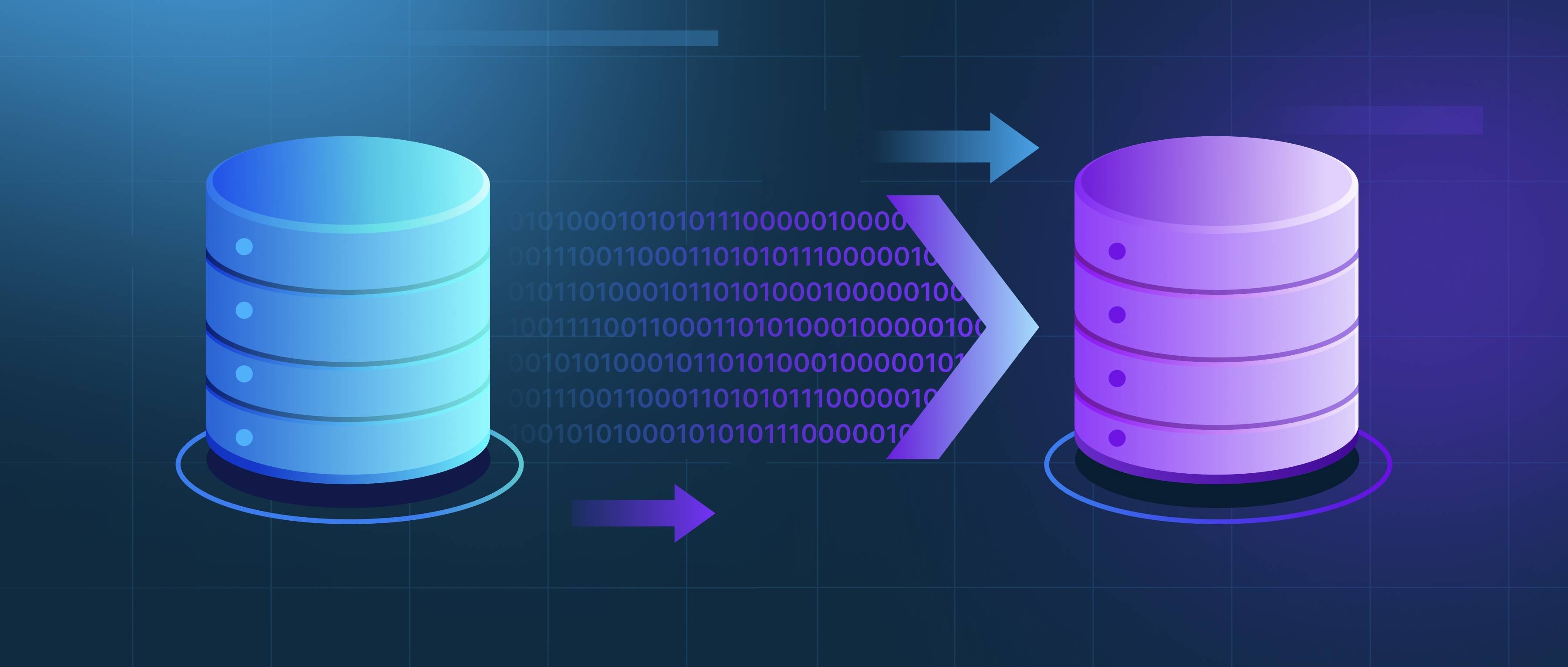The primary target systems for data loading include data warehouses, data lakes, NoSQL databases, data lakehouses, and real-time analytics databases. These systems serve distinct purposes based on data structure, processing needs, and use cases. Choosing the right target depends on factors like data type, scalability requirements, and analytical goals.
Data warehouses (e.g., Amazon Redshift, Snowflake) are optimized for structured data and analytical workloads. They support SQL-based querying and are ideal for business intelligence (BI) tools like Tableau or Power BI. For example, a retail company might load sales transactions into a warehouse to generate daily revenue reports. Data lakes (e.g., Amazon S3, Azure Data Lake) store raw, unstructured, or semi-structured data (like JSON logs or IoT sensor data) and are often paired with processing frameworks like Apache Spark. A manufacturing firm might dump raw machine data into a lake for later analysis. Data lakes prioritize flexibility and cost-effective storage, while warehouses focus on performance for structured queries.
NoSQL databases (e.g., MongoDB, Cassandra) handle unstructured data or applications requiring high scalability. These are common targets for web applications, such as storing user profiles or session data. For instance, a social media app might load user activity logs into Cassandra for real-time access. Data lakehouses (e.g., Delta Lake) merge warehouse-like querying with lake flexibility, enabling ACID transactions on raw data. A healthcare provider could use a lakehouse to combine structured patient records with unstructured medical imaging data. Real-time analytics databases (e.g., Apache Druid, ClickHouse) support low-latency queries for streaming data, such as monitoring dashboards for ad clickstreams or fraud detection.
Other targets include operational databases (e.g., PostgreSQL) for transactional systems needing refreshed reference data, or cloud storage (e.g., Google Cloud Storage) as a staging layer before transformation. Each system addresses specific needs: warehouses for structured analysis, lakes for raw storage, NoSQL for app scalability, lakehouses for hybrid use cases, and real-time databases for streaming. Developers should evaluate data volume, latency requirements, and query patterns when selecting a target.
